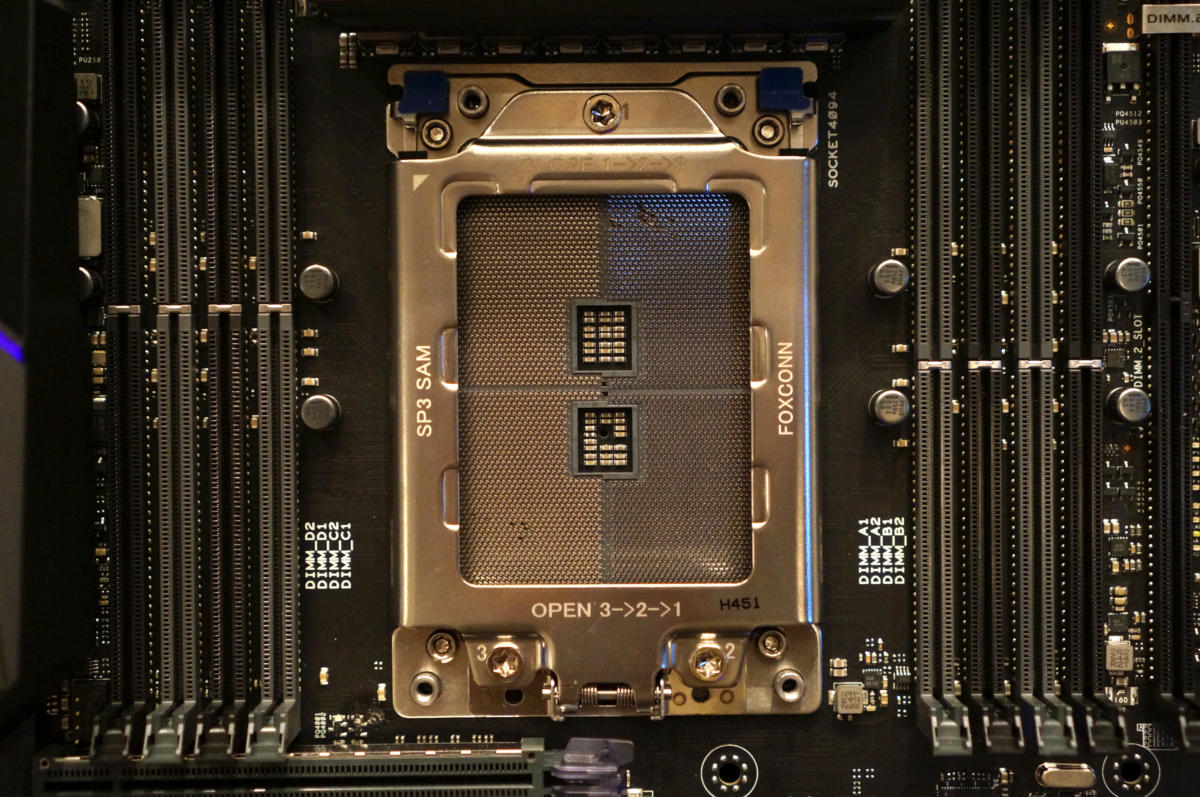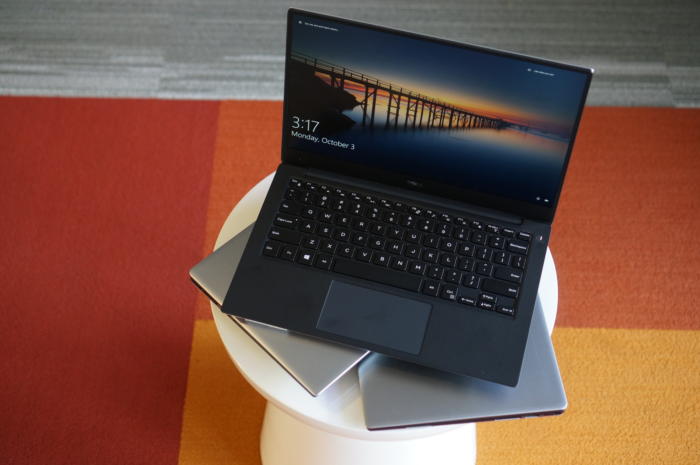NFC, as an abbreviation of Near Field Communication, is a kind of short-distance wireless communication technology that’s hot huge potential this year. Today were talking about NFC, what’s NFC function in our real phone, how to make use of it? Let’s have a look today.
What Is NFC?
Near Field Communication, NFC, it is called short-distance wireless communication as well, it allow data interchange between electronic devices such as smartphones, to exchange information from one spot to another in a non contact type situation (within 10 cm).
This technology is developed from Radio Frequency Identification(RFID) by scientist from Sony and Philips, it mainly services mobile, smartphone and other hand-held devices by providing M2M (Machine to Machine) communication. Due to NFC’s natural security, it has great potential and prospect in the mobile payment and other areas.
DO i need NFC In A Smartphone?
NFC has been widely used in smartphone applications, they are divided into five categories below:
- Touch and Go.
Access control management, bus tickets, entrance password. Use your phone as ticket identification or access control password to a card reading machine instead of using a login.
2.Touch and Pay.
So long as you close KINGZONE Z1 (with NFC function) to POS machine with NFC mode, payment can be submitted easily.
- Touch and Connect.
Connect two devices with NFC function, for instance, a smartphone and a laptop, Peer-to-Peer data interchange will be available, such as, download music, pictures and exchange phone books.
4.Touch and Explore.
User with NFC smartphone is able to glance over public transportation information by closing the device to public phone or poster with NFC function. This is an easy way for fast information access.
- Load and Touch.
People can receive or download information through GPRS network and apply it to payment or access control management. With one scan you can even send and automated text message in a specific format to the phone of housekeeper or to your smart home system and take control of his/her authority getting into different premises.
NFC Payment
We are now familiar with NFC payment, particularly after the promotion of several smartphone magnates like Samsung and Apple. Basically, mobile payment is a prime function of Near Field Communication.
After implanting NFC functionaliy in a smartphone, users can release their actual wallet or banking card and conveniently submit a payment in a mall or other entities, it is positive and nearly a future of payment because it has four natural advantages.
Advantages Of NFC Payment
- High security: NFC payment can be done within the range of 10cm only, it is a communication between one spot to another, hence, it has guaranteed privacy and security when making data interchange, for instance, entering your payment password.
- Convenience: Traditional wallets are redundant, you have to carry it wherever you go, but NFC payment doesn’t. You can gather all you banking cards together in one smartphone, it is easy to pay and extremely effort-less to take control of them.
- Low consumption: Its battery consumption nothing compared to Bluetooth or Wifi. In one way NFC communication only one device needs power.
- Low manufacturing cost: Now that NFC technology is developed the economy of scale has reached an affordable level and the whole manufacturing cost is stunningly low in 2015.
Disadvantages
1.It is early days, most countries and regions are just at a developing NFC payment tech, so, it is still awaiting official release. As such there is also a high user conversion cost as although manufacturing cost are low, the cost to you is high. To keep it simple, if you don’t have a phone with NFC, you cant use NFC, so there is this initial expense. The average user replaces their phone every 2 years and it is likely your next one will have NFC.
- After service. How many NFC after service available at this moment? None, at least at most regions and countries that only at the beginning of NFC payment.
NFC In Daily Life
Apart from payment, NFC has a bright future, even now you can get NFC stickers to open certain apps or put the phone in certain modes. You can put a sticker on your bedside table and when your phone is there it will automatically turn to silent mode, even put in the car for hands free mode to automatically setup and connect.
Let me share my experience,
1.First, you need an NFC sticker.
2.Open “Setting”, click “Network” column and “NFC”, the function is already initiated by default. If you want shut it down, press it again.
3.Put NFC sticker behind the phone and scan it.
4.After the notification “Label recorded successfully”,you can set the desired application or settings that will activate. For example, when bay the bedside table use Sleep Mode, you can make the phone in Flight Mode or silent mode.
5.After all settings are completed and saved, put the phone near the NFC sticker and it should open the set action automatically.
- If you want to end the experience, scan the sticker again.





